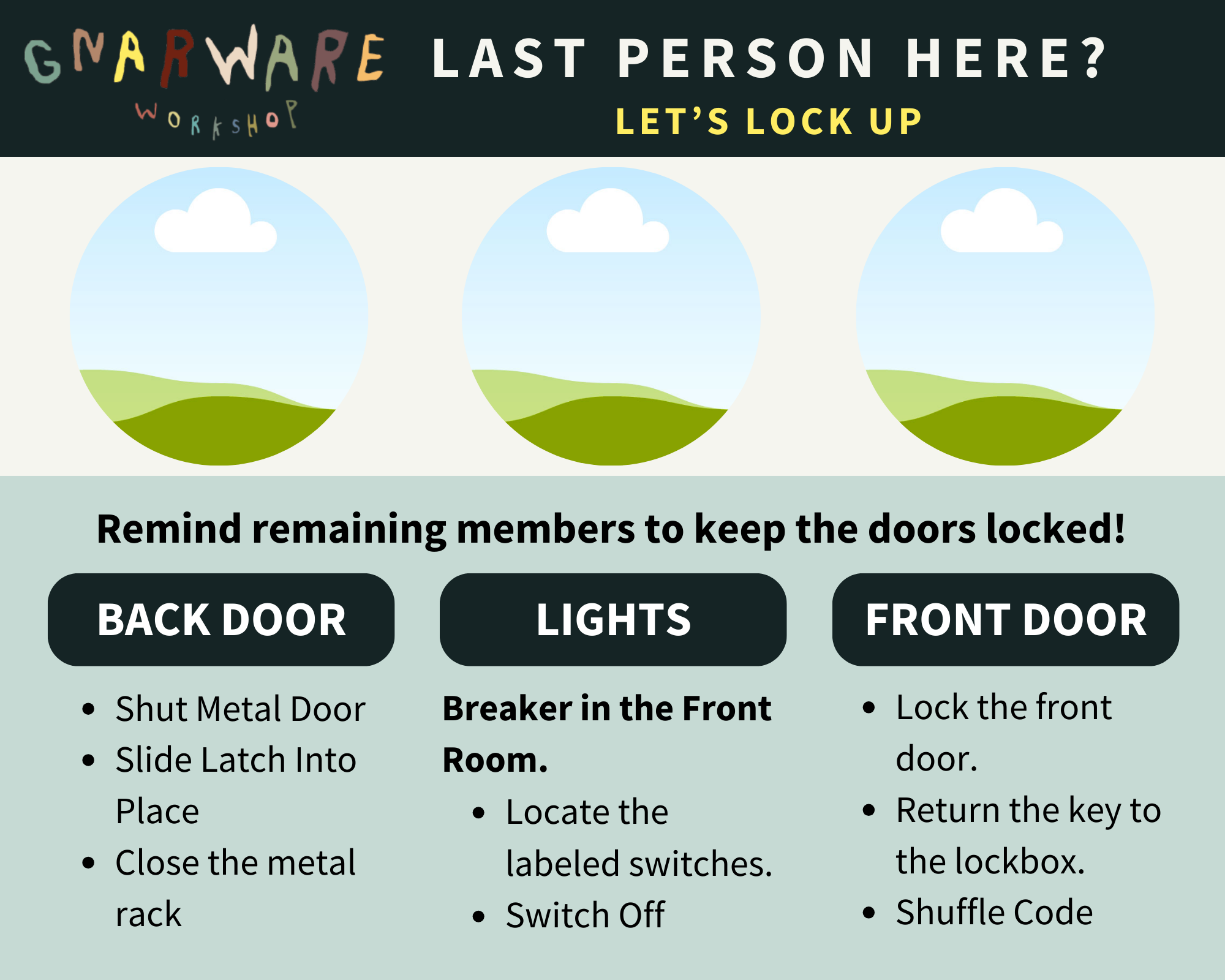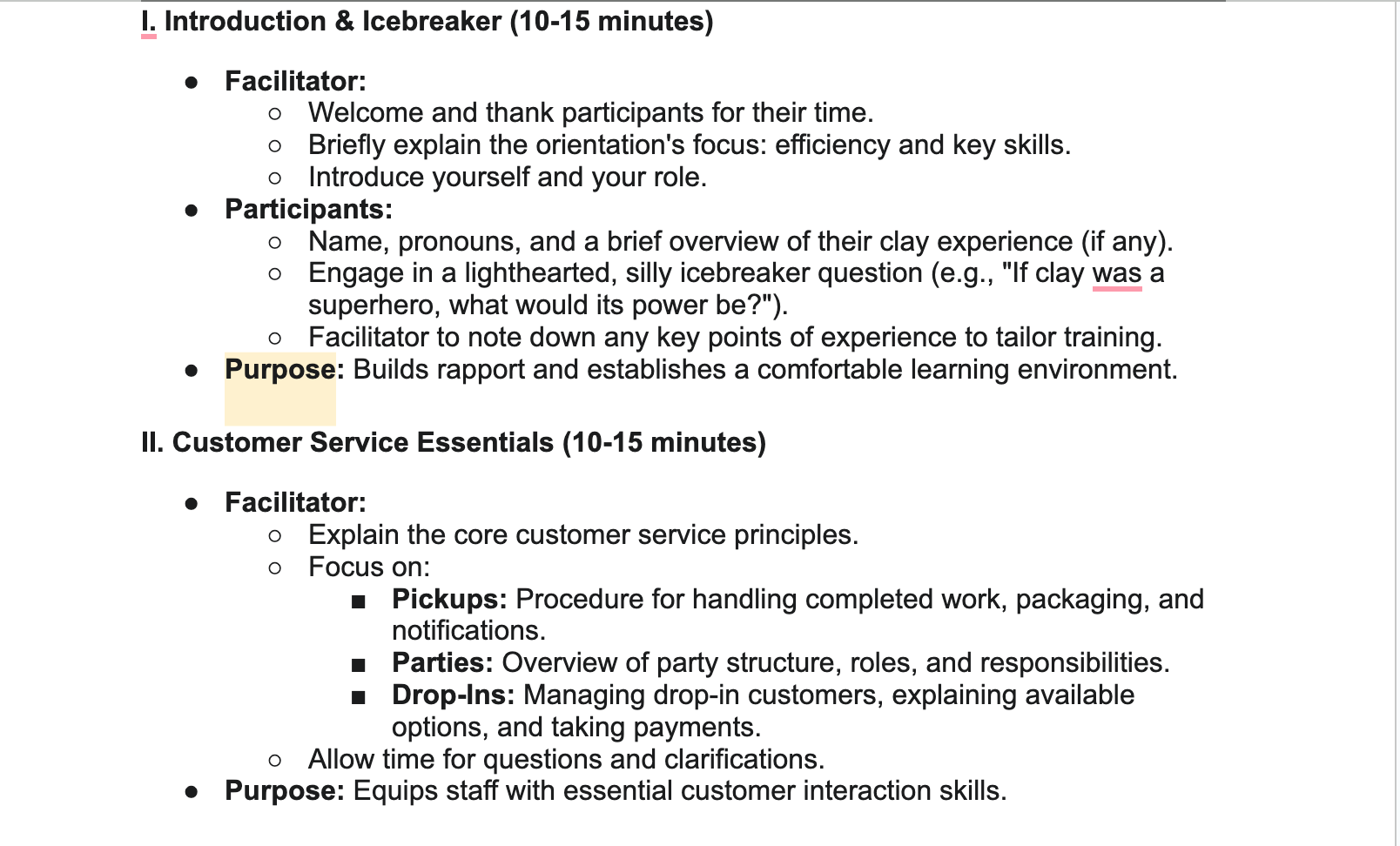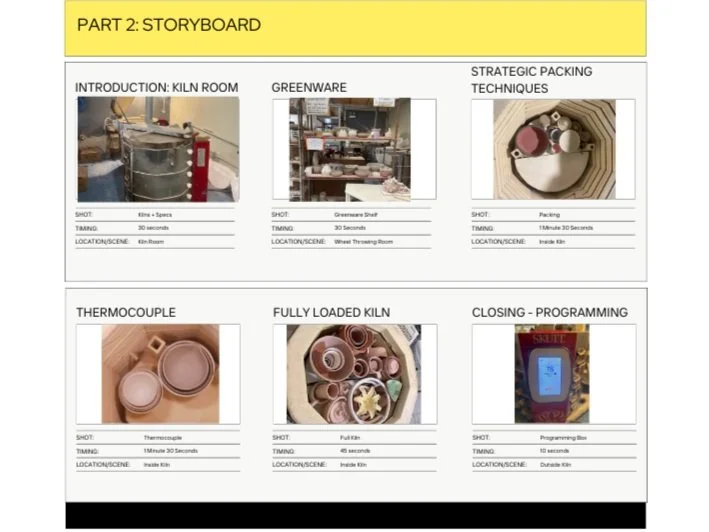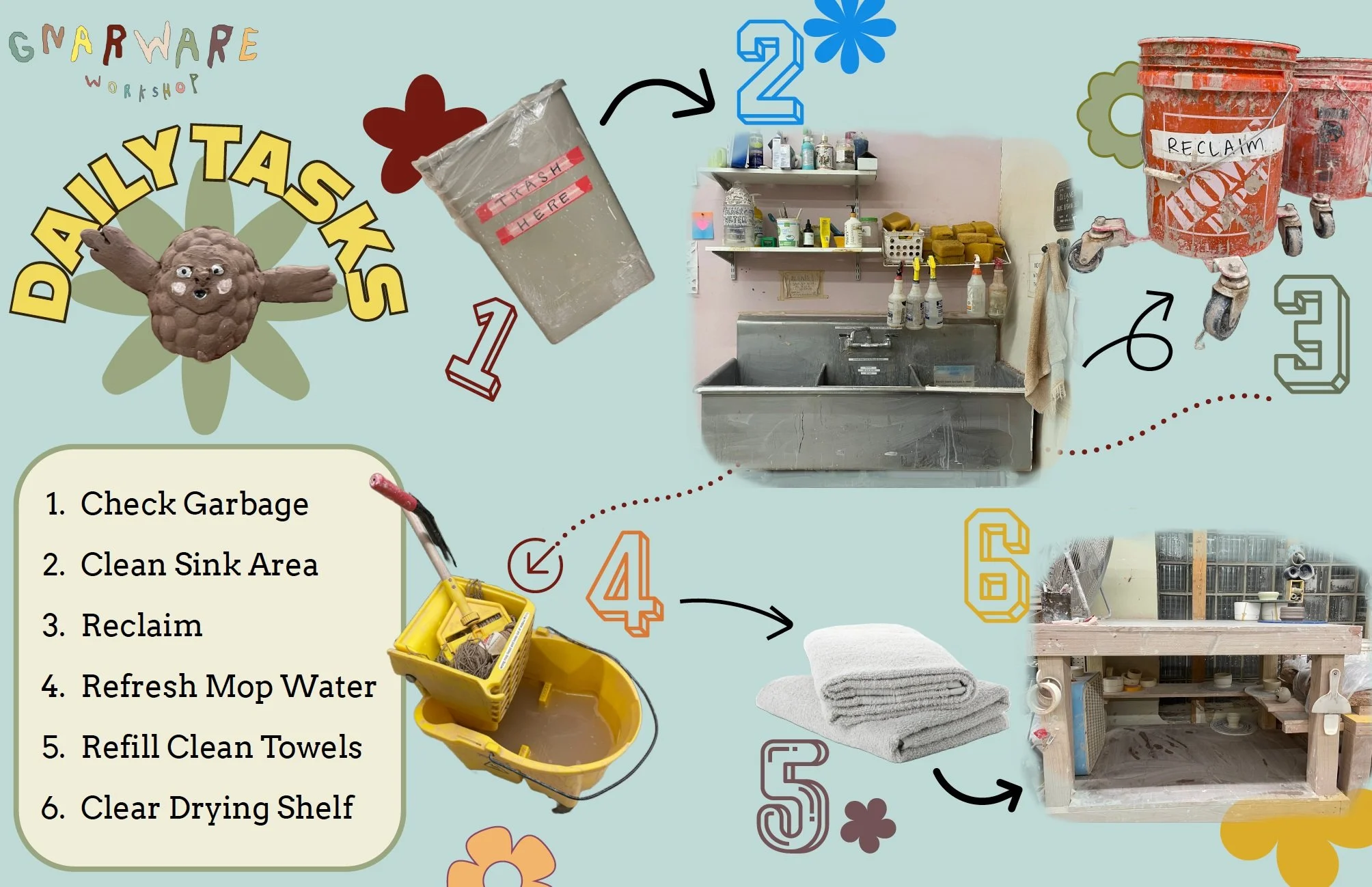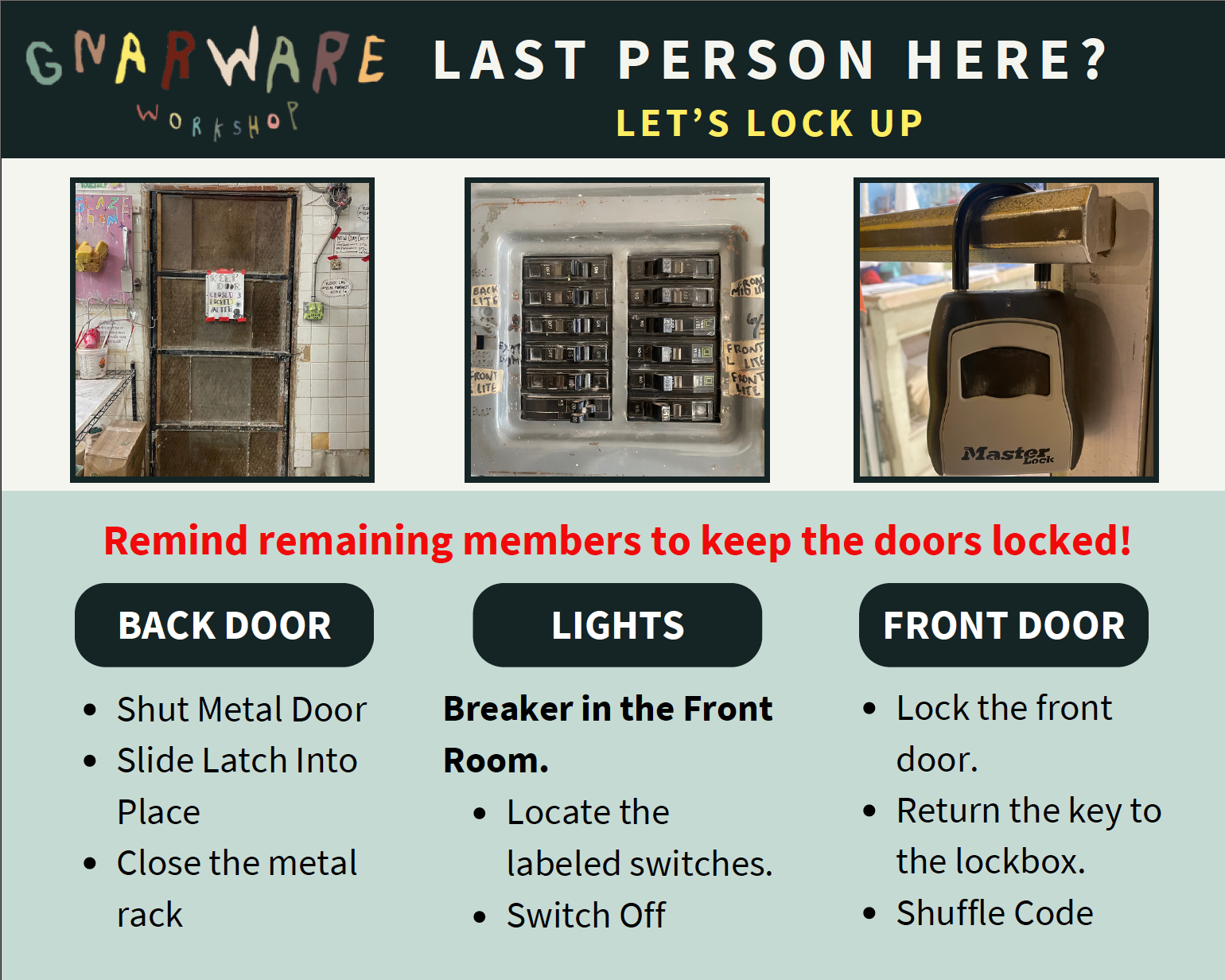Gnarware Workshop
I partnered with a ceramic studio during this project to redesign their intern orientation/training. This in-person experience clarifies expectations, provides essential information, and includes 3 activities as learning checks. A facilitator guide was also created to shorten the orientation by an hour. Below you will find my entire process using the ADDIE model, creating and implementing an orientation that is not only efficient but also includes assessment for the Subject Matter Expert.
Audience: Interns at a ceramic studio who come from diverse backgrounds, including undergraduate students, emerging ceramic artists, and hobbyists.
Responsibilities: Instructional Design, eLearning Development, Graphic Design
Tools Used: Articulate Rise 360, Adobe Photoshop, Adobe Illustrator, Canva, Figma, Google Docs.
This project is in process.
Problem & Solution
Gnarware Workshop, a Chicago-based ceramic studio, connected with me to shorten the 4-hour intern orientation by prioritizing essential knowledge, focusing on new content, learner priorities, and kiln loading. With a shift in the intern population, the owner and studio manager were challenged with interns who were not retaining essential information from the orientation and experiencing learner burnout.
Poor operations and management skills amongst the interns led to customer frustration, decreased studio management, and ultimately threatened the business. Managers were typically unable to complete needed tasks as they were supporting interns.
I recommended the incorporation of formative and summative assessment during the orientation and providing a list of digital and physical resources including a facilitator’s guide, infographics, an intern portal for the website. The client agreed, recognizing this solution would address their challenges.
Process & Design
After identifying the client’s key pain points, I consulted with the SMEs to define goals and outline steps for the facilitator and interns. I then developed a storyboard for possible videos in Canva, a wireframe in Figma, sample infographics in Photoshop/Illustrator, and content for the facilitator guide in Google Docs.
Infographics are needed to support learners during the orientation, as this in-person training relies heavily on the physical spaces to be conducive. These included: How to lock the facility, daily checklists for duties, and
I presented this material and, upon client approval, fully developed the project. We decided that to best support the learning goals and make this accessible digitally that the videos were not needed. To track learner engagement, we decided on two methods:
Application of skill during the orientation.
Formal feedback through online forms
Interns & Studio Manager (Facilitator)
Final Testing & Products
I conducted final testing with the client, studio manager, interns, and the web designer, gathering feedback in person and via forms to refine the learning experience. Their input led to final adjustments, including adjustments to the website/intern portal.
-
In this section, you will find polished versions of the learning artifacts that were developed to support the learners in all stages of the orientation. The following materials were developed:
Facilitator Guide (Experience the Learning!)
“How to Lock Up” Infographic
Daily Tasks Visual
Complete Task List Visual
Intern Portal on the website (Coming soon)
In the next section, you will find images of the completed documents.
-
The implementation structure is crucial in instructional design because it bridges the gap between design and the real-world application of the learning experience. During this process, I considered the following two things:
User Experience
Messaging
Specifying this information ensured that the designed learning experience is not only well-crafted but also successfully delivered and utilized in a way that maximizes its impact on the learners.
-
In this document, you will find a detailed evaluation plan that covers the following:
Evaluating effectiveness
Evaluating user experience
Evaluating for change
This process ensured a quality product that functioned correctly for learners.

